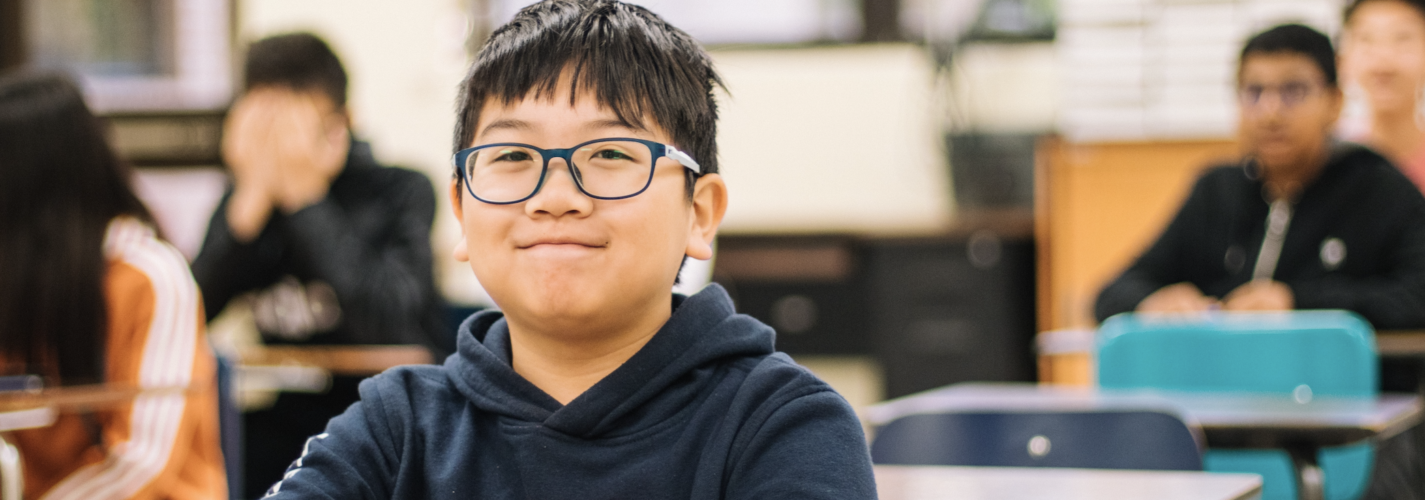What Are You? Putting an End to Guessing Games with Disaggregated Data
By Mindy Chang
“Are you Japanese? No, Chinese?”
I shook my head. “I’m Hmong,” I said.
“Oh right! I should have guessed that from the beginning. Minnesota has a huge Hmong community!”
The two white women across the register from me nodded enthusiastically as they worked to figure out my race like I was a Pokemon character. It was seemingly harmless, but this public display is just one of the daily reminders of how many ethnicities, cultures, and communities are buried under the general “Asian” category. Moreover, it highlights how socially acceptable my invisibility is, not just interpersonally but systemically. And it has been this way for as long as I can remember: generically labeled as nothing but Asian. “Asian” was a bubble I robotically filled in and the box I checked off on papers, surveys, enrollment forms, and exams. The hyper-standardized and over-simplified identity (even taste) of “Asian” was simultaneously familiar and astoundingly blurry to me as I grew up within the Asian box.
What Minnesota is doing to step outside the box
Minnesota is home to many diverse communities—communities with young people who are more than “students of color.” Representation is an important factor in how communities of color are seen in all aspects of social structures and being really and truly counted can’t be underestimated, especially in education.
Enter the All Kids Count Act—a chance for Minnesota schools, districts, and communities to collect and analyze more representative data about students to understand and improve educational opportunities for specific groups beyond outside the monolithic race boxes.
The bill, passed in 2017 and rolled out to all districts over the last two years, requires districts to analyze and report on information in the student categories identified under the federal Elementary and Secondary Education Act, the Karen community, seven of the most populous Asian and Pacific Islander groups, seven most populous Hispanic and Latino groups, and five of the most populous Black and African Heritage groups, and three most populous Indigenous groups in Minnesota.
We can put an end to guessing games, once we have this new data
These new data sets can be used to understand the needs and opportunities of each district. But currently, only a portion of this data is available. We’re starting to see school districts roll out new enrollment systems that ask about more student identities, particularly with the increase in COVID-relife. But we need the entire state to start collecting this level of data—and to report it in a way that the public can see and use.
Representation is an important factor in how communities of color are seen in all aspects of social structures. And the incorporation of All Kids Count across Minnesota schools is not only a feat for students but has the potential to be a major change in how students of all communities can and will be counted.
As we dig deeper into student data, especially in the midst of a pandemic, I hope these new data sets become a resource education stakeholders can rely upon to get a more realistic story about our experiences beyond generalized categories.
EdAllies seeks to elevate diverse voices and foster a candid dialogue about education. While we provide our blog as a platform for EdVoices and other guest contributors, the views and opinions they express are solely their own. Click here to learn more about becoming an EdVoices contributor.

